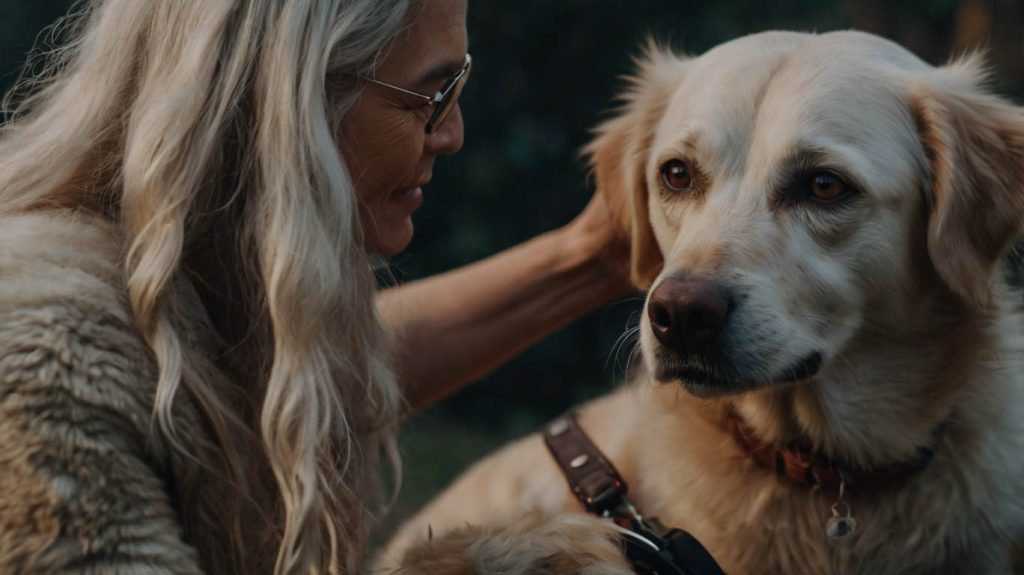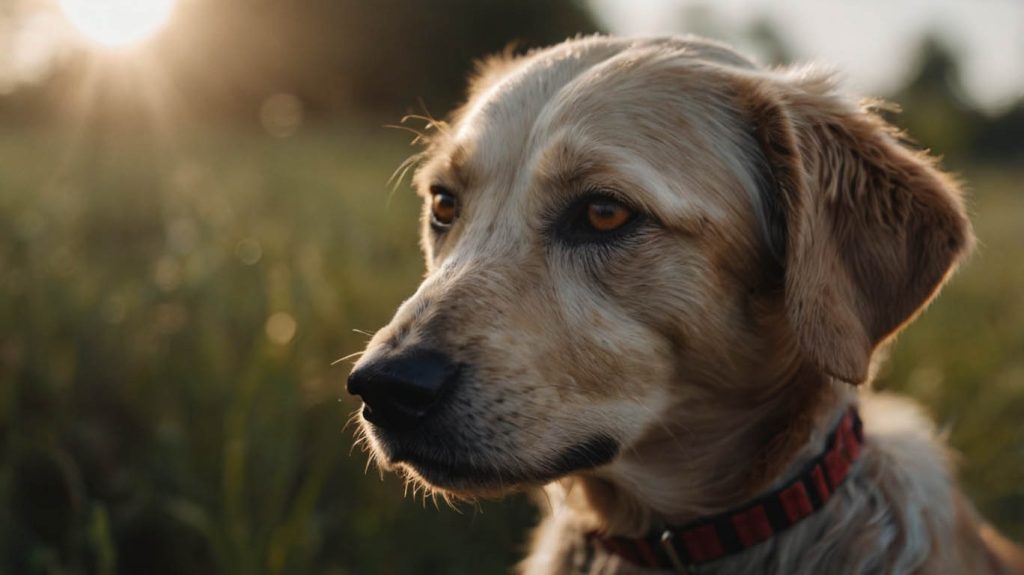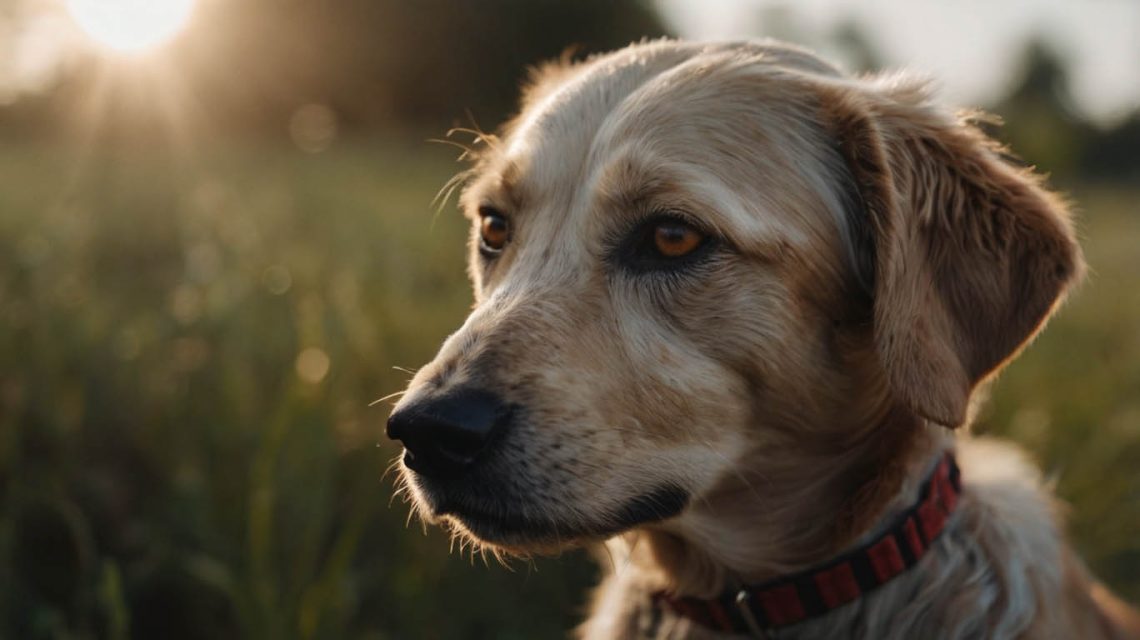How to Care for a Blind Dog: A Comprehensive Guide to a Happy Life
The veterinarian’s words hang in the air, and your heart sinks. “Your dog is losing their vision.” Whether it happens suddenly from an illness or gradually due to old age, a diagnosis of blindness in your beloved companion can feel devastating. You look at your dog, who has navigated the world with joyful confidence, and you’re flooded with a wave of fear and sadness. You picture a future of limitations and confusion. Consequently, you find yourself desperately searching for answers, asking the one question that matters most: how to care for a blind dog?
First, take a deep breath. This diagnosis is not the end of your dog’s happy life; it is the beginning of a new chapter. Dogs are incredibly resilient creatures. While sight is important, their primary senses for navigating the world are their incredible sense of smell and their sharp hearing. Therefore, with your guidance and a few key adjustments, your dog can and will continue to live a full, enriching, and joyful life. This guide is your roadmap, designed to empower you with the practical strategies needed to turn your fear into confidence.
The Most Important First Step: Your Mindset
Before you change anything in your home, you must first adjust your own perspective. Your dog will take their cues from you. If you are anxious, stressed, and full of pity, they will sense it and become more fearful.
- Don’t Pity Them: Your dog doesn’t know they are “different.” They only know their current reality. Treat them like the capable, intelligent dog they have always been.
- Trust Their Other Senses: Remember that your dog experiences the world as a rich tapestry of smells and sounds. Their nose is their superpower, and it will become an even more powerful tool for them now.
- Celebrate Their Successes: Every time they navigate a room successfully or find a toy by scent, celebrate it! Your positive energy will build their confidence.
Your calm, confident leadership is the most critical tool in learning how to care for a blind dog.

How to Care for a Blind Dog: Creating a Safe and Predictable Home
Your home is your dog’s sanctuary, and now it needs to become their predictable, easy-to-navigate map. The goal is to create a “mental map” for them that they can rely on.
“Blind-Proofing” Your Home: A Room-by-Room Guide
Think like a puppy-proofer, but with a focus on navigation. Walk through your home at your dog’s level and look for potential hazards.
- Pad Sharp Corners: Use baby-proofing corner guards on sharp-edged furniture like coffee tables and low shelves.
- Eliminate Clutter: Keep floors clear of shoes, bags, and other clutter. A predictable path is a safe path.
- Block Off Dangers: Use baby gates to block access to stairways (both top and bottom), fireplaces, and pools until your dog has learned to navigate them safely with you.
- Create “Scent Markers”: Use distinct, dog-safe essential oils (like lavender) on a cotton ball and place them near important areas, like the top of the stairs or their bed, to provide an olfactory cue.
The Power of Consistency in a Blind Dog’s World
This is the golden rule of how to care for a blind dog. Once you have a safe layout, do not change it.
- Don’t Move the Furniture: Your dog will memorize the layout of your home. Rearranging the furniture is like deleting their mental map and can cause immense stress and confusion.
- Keep Food and Water Bowls in the Same Spot: Their food and water station is a key anchor point in their daily routine. It must always be in the same place.
- Establish a “Home Base”: Keep their bed or crate in the same spot so they always have a safe, familiar place to return to.
Navigating the Great Outdoors: Safe Yards and Walks
The world outside your home requires extra care.
- Yard Safety: Walk the perimeter of your yard with your dog on a leash many times. Clear away any low-hanging branches, sharp rocks, or other obstacles.
- Textured Cues: Place a different textured mat (like a bristly doormat or a piece of turf) by the back door so they know when they are transitioning from inside to outside. Do the same at the bottom of deck stairs.
- Structured Walks: Keep walks predictable at first. Walk the same route so they can learn it. Use a shorter leash to keep them close and safe from obstacles like street signs or curbs.

Engaging Their Other Senses: How to Care for a Blind Dog’s Enrichment Needs
A blind dog is not a fragile dog. They still need mental and physical stimulation to prevent boredom and anxiety.
The Power of Scent and Sound in a Blind Dog’s Life
Lean into their strengths! Their nose and ears are now their primary tools for fun.
- Scent Games: Hide smelly treats around a safe room and encourage them to “find it!” This is an incredibly rewarding and confidence-boosting game.
- Noisy Toys: Choose toys that engage their sense of hearing. Toys that crinkle, squeak, jingle, or talk are much more engaging for them now.
- Puzzle Toys: Food-dispensing puzzle toys that they have to nudge and roll are excellent, as they rely on scent and touch.
Choosing the Right Toys When You Care for a Blind Dog
When you are learning how to care for a blind dog, you’ll find that their toy preferences may change. Focus on toys that are easy to find and engage their other senses. A simple rubber ball might be frustrating, but a ball with a bell inside can provide hours of fun.
Communication and Training: A New Way to Talk to Your Blind Dog
Your verbal communication is now more important than ever.
Using Verbal Cues to Guide Your Blind Dog
You are now their “seeing-eye person.” Develop a consistent set of verbal cues to help them navigate.
- “Watch” or “Careful”: Use this cue to signal an impending obstacle.
- “Step Up” and “Step Down”: Teach these cues for curbs and stairs.
- “Wait”: A solid “wait” command is crucial before going through doorways or down stairs to give you time to ensure the path is clear.
- Always Announce Yourself: Never touch your blind dog without speaking to them first. Approaching silently can startle them. Always call their name and wait for them to orient toward you before petting them.
Introducing a “Halo”: A Helpful Tool for Some Blind Dogs
For dogs who are still bumping into things, a “blind dog halo” can be a fantastic tool. This is a lightweight, wire device that attaches to a harness and encircles their head. It acts as a bumper, alerting them to obstacles before they make contact.
What Not to Do When You Care for a Blind Dog
- Don’t Coddle or Pity Them: This will only increase their anxiety. Project confidence.
- Don’t Stop Training: Continue to work on basic obedience. It keeps their mind sharp and strengthens your bond.
- Don’t Let Them Become a Couch Potato: Gentle, safe exercise is vital for their physical and mental health.
A Future Full of Love and Trust
The journey of learning how to care for a blind dog is a profound exercise in love, patience, and communication. It will change your relationship, deepening your bond in ways you never imagined. By making these adjustments and trusting in your dog’s incredible ability to adapt, you will see that blindness is not a barrier to a life filled with wagging tails, happy adventures, and unwavering companionship.
What is one tip you’ve found that helps your blind dog thrive? Share your wisdom and support other owners in the comments below!


